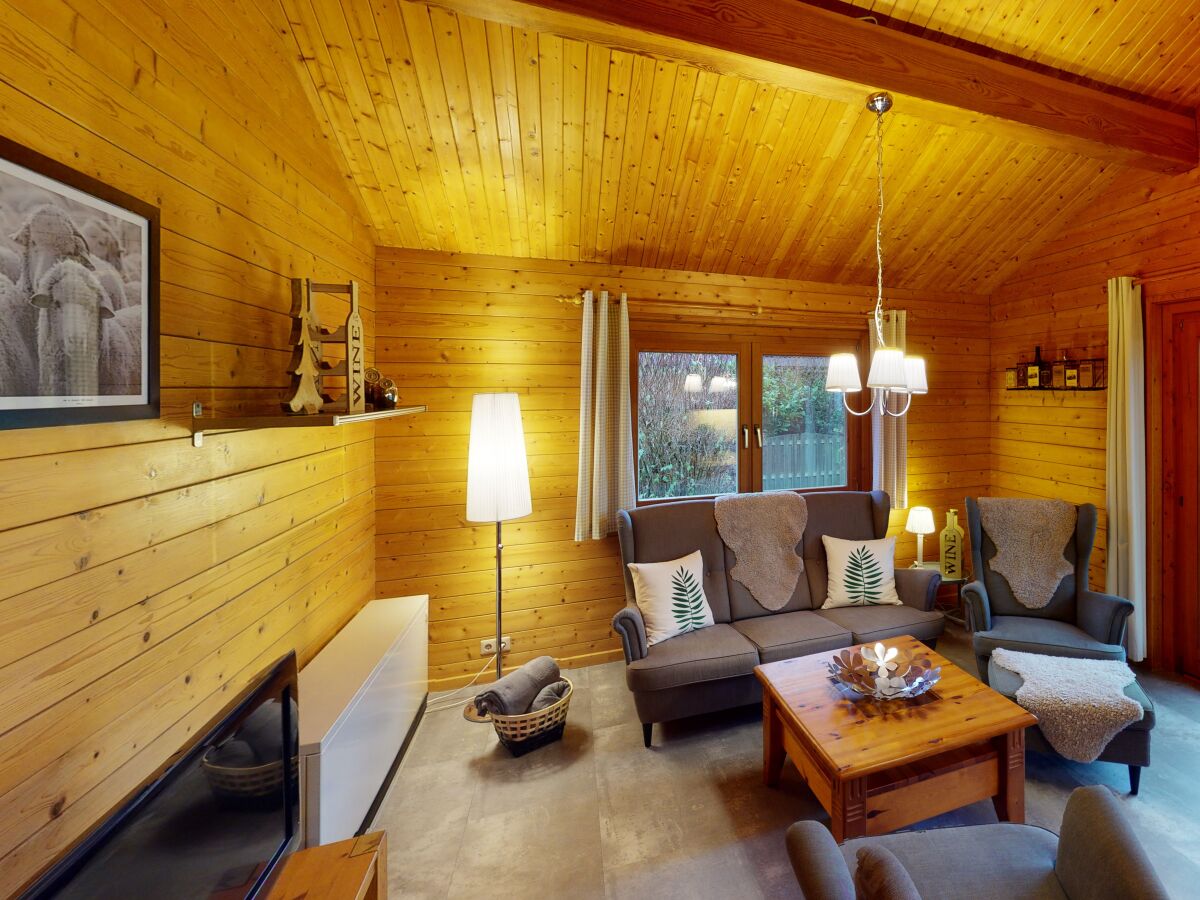

It was once again refurbished in 1997, becoming a three-screen cinema and (seating 300, 150 and 140). It was reopened as the Odeon Star on 19 December 1991, initially with only circle seating, accommodating 320 patrons, while the stalls area continued as "Hoff's Secondhand Emporium" until 1997. Īfter a few changes of hands and function, it was renovated and restored to its original purpose, and has continued to operate as the Odeon Star since December 1991.
#Semaphor messenger tv#
With the beginning of the TV era in 1959, attendances declined, and the cinema eventually closed on 13 November 1976, and the building converted into a furniture shop. It was still owned by Clifford Theatres at this point. Īfter a takeover by Greater Union Cinemas in 1946 it was extensively refurbished or rebuilt, and was reopened as the Odeon Star on 12 June 1952. No, No Nanette was screened as the inaugural talkie at the cinema. It was renamed Star Theatre in 1930 (like most other cinemas in the Clifford Theatre Circuit), and in January 1931, sound equipment was installed to cater for talkies, in order to compete with the Semaphore Ozone Theatre. A vaudeville troupe known as The Dandies performed at the Wondergraph before its name change. In 1921 the freehold was transferred to Clifford, and then in November 1923 to his company, D. In September 1920 Dan Clifford bought Wondergraph's suburban circuit, including the Wondergraph Semaphore, which cost him £15,000. It had a seating capacity of 1,246 in orchestra and balcony levels, described at the time as "palatial". The theatre opened on Saturday with the screening of the 1920 American silent comedy film What's Your Husband Doing?. By this time the trams were running to Port Adelaide.

The magnificently fitted out building was designed by prominent South Australian architect Eric Habershon McMichael and built by Messrs. In 1920, Wondergraph had a "palatial" new indoor cinema built on Semaphore Road, to cater for the people of the Lefevre Peninsula in winter. The Picturedrome, which seated 1,000 patrons, was adjacent to the Customs Boarding Station, which still stands today, on the corner of the Esplanade and Semaphore Road. In December 1917, an advertisement refers to the "Semaphore Wondergraph Residential Cafe", right opposite the beach, for short stays. Films were last advertised as being shown there at the end of summer in March 1915. Ī scheme to enclose the Picturedrome was advertised in November 1914, but this was apparently not concluded. Competitor Ozone Theatres also used the town hall for showing films in the winter months. In July 1912, a film of the British Antarctic Expedition led by Captain Scott was shown at the Semaphore Wondergraph. In winter, the Greater Wondergraph Company (formed in Adelaide in 1911 ) showed films at the Semaphore Town Hall, which was referred to as the Semaphore Wondergraph. The seating faced the sea, and several silent films were projected onto a solid concrete "silver wall", a new technology claimed to have been brought to Australia by the European company. On Monday 26 December, Wondergraph gave the inaugural screening at its "Picturedrome", although the construction of the kiosk and tea garden had been delayed. In September 1910, before there were any indoor picture theatres in Semaphore, the Continental Wondergraph Company bought land on the esplanade, intending to establish a tea garden and open-air cinema. It is the oldest purpose-built cinema in Adelaide, opened on as the Wondergraph Picture Palace. The Odeon Star Semaphore Cinemas, usually referred to as the Odeon Star, is an independent multiplex cinema in the beachside Adelaide suburb of Semaphore, South Australia.


 0 kommentar(er)
0 kommentar(er)
